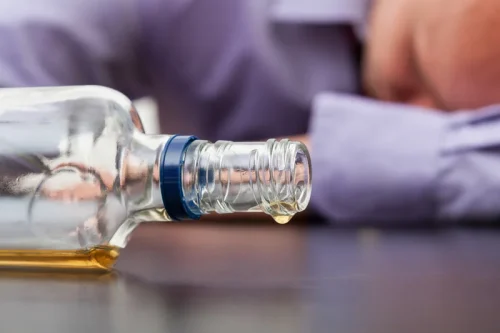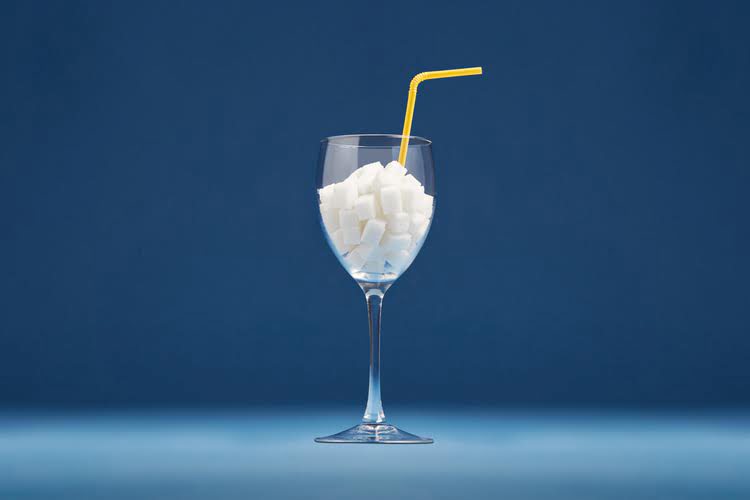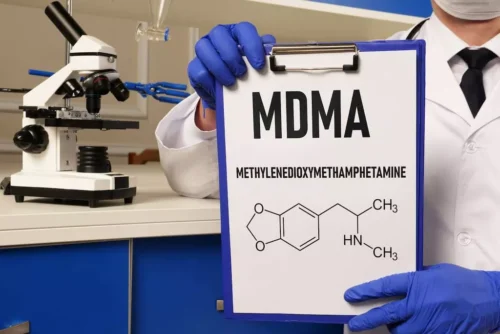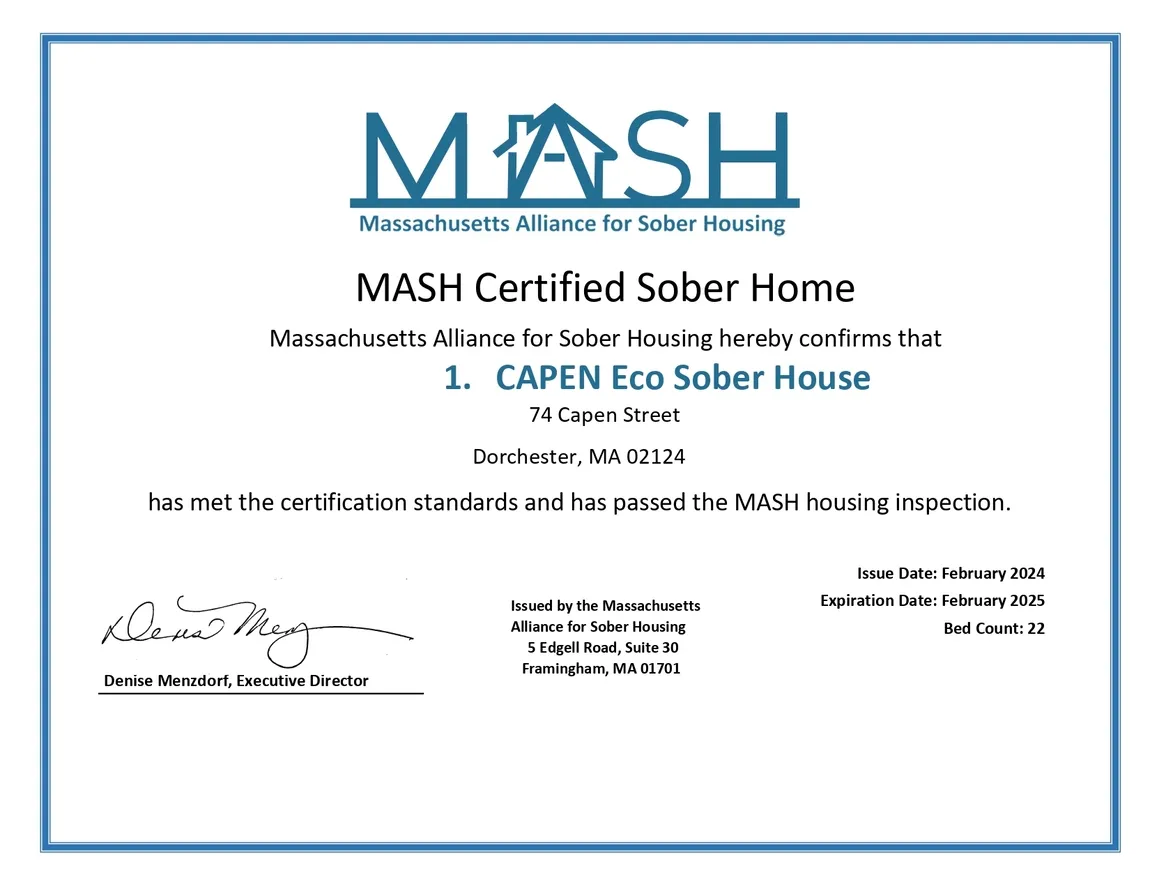
Coconut rum is considered a coconut liqueur, because of the added sugar and low alcohol level. These spirits are the foundation for all cocktails and mixed drinks. 12-step programs such as Alcoholics Anonymous (AA) help people reduce their drinking, stop drinking, or maintain abstinence by providing peer support. Support groups are generally used with other lifestyle modification and professional intervention forms.
Tequila and mezcal

Popular styles are Bourbon, Rye Whiskey, Scotch Whisky, Canadian Whisky, Japanese Whisky, Tennessee Whiskey and Irish Whiskey. There are also flavored whiskies, like Peanut Butter 5 types of alcoholics Whiskey and Fireball Whisky. Alcoholism treatment is not one-size-fits-all, and patients who work with qualified medical professionals have the best chance of recovery.
Functioning Alcoholic Subtype
The functional alcoholic may be good at covering up emotional distress and issues with alcohol, and able to maintain outward appearances of success. We publish material that is researched, cited, edited and reviewed by licensed medical professionals. The information we provide is not intended to be a substitute for professional medical advice, diagnosis or treatment.
Other Fermented Beverages
- Chronic severe alcoholics typically have difficulty functioning normally from day to day.
- Although fermentation produces the presence of alcohol, it can only get us so far.
- Intermediate familial alcoholics drink on an average of 172 days a year, consuming five or more drinks on 54% of those days with a maximum of 10 drinks.
The good news is they’re more likely to seek treatment than those in other groups at 66%. They are also the most likely to participate in detox programs at inpatient treatment centers with private health care providers. Co-occurring disorders are optimally treated with an integrated program that can help to manage both disorders at the same time. Around one-quarter of intermediate familial alcoholics seek treatment for drinking-related problems.
Alcohol Treatment with Dr. Wandler
Alcohol impacts brain chemistry, and regular exposure to the mind-altering substance may actually change the way the brain’s circuitry works. An individual may then suffer from cravings and withdrawal symptoms when alcohol isn’t active in the bloodstream, https://ecosoberhouse.com/article/anger-and-alcoholism/ encouraging the person to drink more to feel better. Understand it often takes many conversations like these for your family member to agree to consider treatment. Dealing with a family member’s addiction can be overwhelming and stressful.
- For example, those with co-occurring mental health disorders typically require integrated substance use and mental health treatment—known as dual diagnosis treatment—to fully recover.
- Our staff is here to provide the help you need to realize a better future.
- These softer categories of alcoholic drinks are often made from a grape base or a neutral spirit, though production methods can vary wildly.
- There are many types of alcoholism, including functional alcoholics, young adult alcoholics, and chronic severe alcoholics.
- This is the youngest onset of dependence of any of the categories.
- What they all have in common is a tendency to be fortified or sweetened, which can cause some to oxidize more rapidly.
The differences between them generally come down to the type of grape used and the process of making the wine. Wine is fermented grape juice that usually ranges between 12-15% ABV. On top of that, beer is usually flavored with additional spices (usually hops) to impart specific characteristics. For example, within a fermented brew, water, alcohol, and some trace minerals give the liquid its flavor.

A standard liqueur drink is 2 to 3 fluid ounces, which contains 24% alcohol content. Most likely what a person pictures when the term alcoholic is used, the chronic severe alcoholic subtype only accounts for about 9 percent of the entire US alcoholic population. A chronic severe alcoholic likely started drinking and struggling with alcohol-related issues and problematic drinking at a young age and is currently middle-aged.
The six base spirits
- They tend to go to self-help groups, alcohol detox programs, specialty treatment programs, and private health care providers.
- Ethanol (or ethyl alcohol) is the type of alcohol that over two billion people drink every day.
- Beer is often seen as a social drink, and it can indeed make people feel more outgoing and chatty.
Instead, antisocial alcoholics drink alone and typically struggle with co-occurring mental health problems. By having a better understanding of what type of alcoholic you may be, it can be easier to recognize that you would benefit from an alcohol addiction treatment program. Treatment providers can help you to determine what form of treatment will be optimal for your specific needs and circumstances. Alcoholism is a manageable disease; treatment is necessary to manage it. This subtype of alcoholics is typically middle-aged, well-educated, and may seem to have it all “together” on the outside. They are likely have a steady job, a seemingly stable family life, and do not often fit into the traditional stereotype of an alcoholic.

Save 50% on AllTrails+ for July Fourth—an app that guides New Yorkers to hidden hikes all across America
Generally, ales are fuller in color and flavor, whereas lagers are lighter, crisper, and cleaner. In its simplest sense, beer is a fermented grain juice that sits around 3-8% in ABV. Any fermented cereal grain is considered a type of beer, but wheat or barley is used in most cases.





















